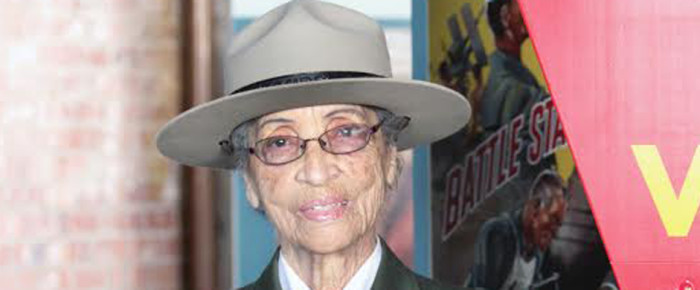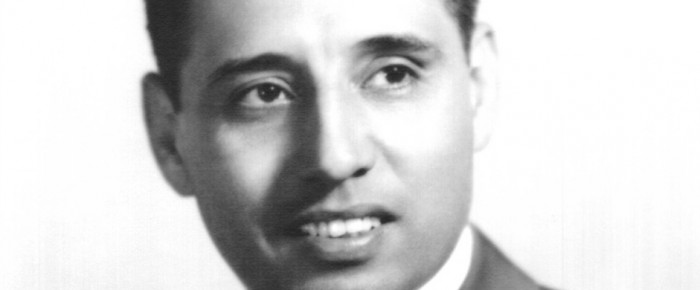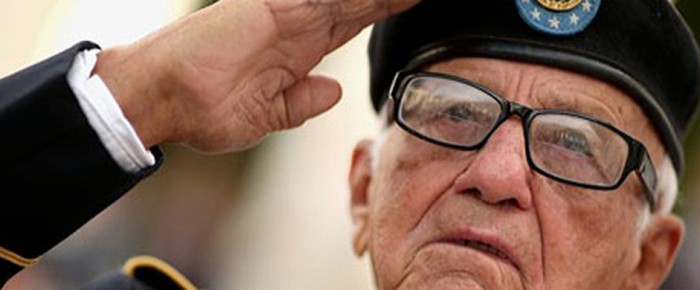At nearly 95, Betty Reid Soskin has lived a remarkable life, but her adventures are not over. During World War II, when Soskin was 20, she worked as a file…
Read moreNation’s oldest park ranger plays pivotal role in national park


At nearly 95, Betty Reid Soskin has lived a remarkable life, but her adventures are not over. During World War II, when Soskin was 20, she worked as a file…
Read more
After living through the Great Depression of the 1930’s, Ernest Eguia went from fighting in Normandy during World War II to fighting for the civil rights of Latinos when he…
Read more
The 65th Infantry Regiment, otherwise known as “Borinqueneers,” was created in 1899 by the U.S. Congress as a segregated unit composed primarily of Puerto Ricans. Thousands of these brave men…
Read more